SUMMARY
This is AI generated summarization, which may have errors. For context, always refer to the full article.
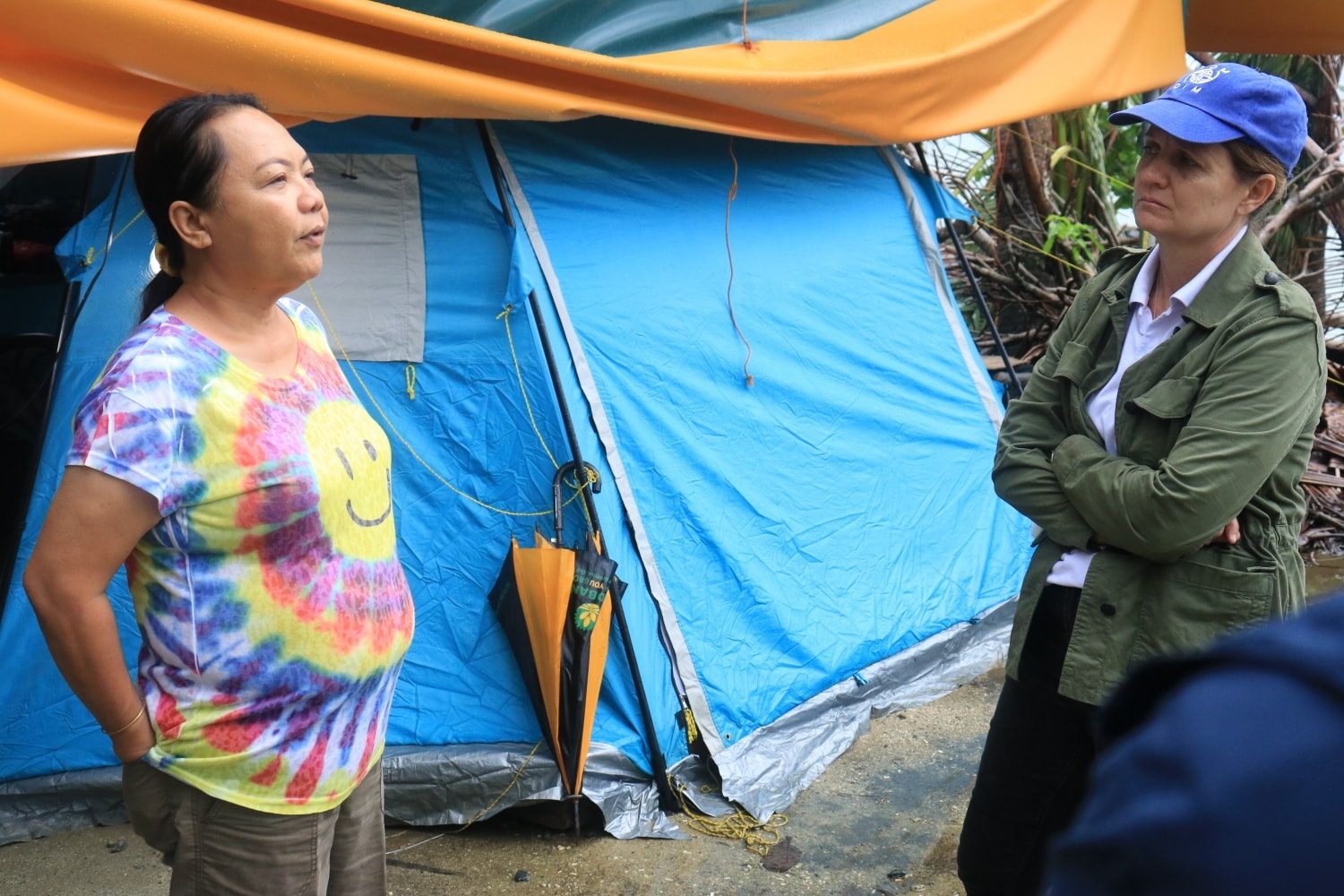
CAGAYAN DE ORO CITY, Philippines – When a group from the International Organization for Migration (IOM) Philippines went to Dinagat Islands to assess the devastation brought about by Typhoon Odette (Rai), its chief of mission was astounded to see that the province’s governor was living in a tent.
For over a month now, Dinagat Governor Arlene “Kaka” Bag-ao has been making do with an approximately 5×5-meter tent in Barangay Santa Cruz, San Jose town, near the provincial capitol.
The house she was renting in San Jose was one of the over 30,000 homes Odette destroyed when it made its second landfall days before Christmas, just after Siargao Island, both in the Caraga region. Her ancestral home in Loreto, about a two-hour drive from the provincial center, was damaged.
Imagine the shock on the face of Kristin Dadey, IOM Philippines chief of mission, when she saw the 52-year-old human rights lawyer, former congresswoman, and now the most powerful person on Dinagat Islands in makeshift living quarters in San Jose.
Dadey tweeted, “One month after #Odette, I went to Dinagat & met Gov. Kaka. Her home was destroyed and she is living in a tent herself! I don’t know any governor in the world living in a tent…. She works around the clock for her community – setting up markets, kitchens, shelters, etc. Amazing lady!!”
The IOM, a United Nations agency, sent the mission to Surigao City, Surigao del Norte, and Dinagat Islands on Monday, January 24, as part of its displacement tracking matrix assessment of 85 areas across provinces badly hit by Odette.
Dadey’s group identified the top needs in the typhoon-ravaged areas: shelter, return to homes, relocation, and livelihood.
Jeff Cristostomo, capitol spokesperson, said Bag-ao chose to live in a tent because that was her best choice.
“She does not want to be above anyone. If people were living in tents, she wants to live in one too as a display of solidarity,” Crisostomo told Rappler on Saturday, January 29.
Like the governor, thousands of islanders continued to live in tents, mostly made out of tarpaulins sent by donors. Still, some families get wet whenever it rains because they have nothing over their roofless shelters.
“Also, the governor needs to be near the provincial government. Her family’s damaged home is far from San Jose and there is no available house to rent near the capitol where she is needed most,” Crisostomo said.
Aside from supervising the rehabilitation work and the distribution of relief aid, Bag-ao has to keep community kitchens running while performing her administrative tasks as provincial government executive in a makeshift office built in a garage.
Odette did not spare the provincial capitol. It destroyed major capitol buildings and substantially damaged several others, prompting Bag-ao to order makeshift offices set up at the capitol garage in Barangay Cuarinta, San Jose.
An estimated 300 capitol workers cram in the makeshift offices daily to facilitate continuous government functions, according to Josel Gonzales, Bag-ao’s chief of staff, in an earlier interview.
As relief aid continued to pour in Dinagat this week, the government’s coronavirus task force placed the province under Alert Level 3 from January 28 to February 15, a move that baffled the capitol that noted no alarming increase in COVID-19 infections in the group of islands.
Other provinces placed under Alert Level 3 until February 15 are Palawan, Camiguin, Davao Occidental, Tawi-Tawi, and Sulu. Exactly how the more restrictive alert level would affect the flow of donations in February remains to be seen.
Cristostomo said the provincial government has started rehabilitation efforts but officials and residents were faced with the challenge posed by the high cost of construction materials.
The IOM and the Coast Guard in northeastern Mindanao brought some construction materials to help in recovery and rehabilitation initiatives in the province, but officials said they need more.
And while local officials have been slowly shifting their focus to rehabilitation, they have to sustain community kitchens set up by the provincial government in various villages.
Bag-ao announced that the provincial government would pilot test a food voucher program in three towns using part of the cash donations that it collected. “Once proven effective, we will expand to other sectors among citizens,” she said.
The plan is to distribute food vouchers, each valued at P300, to enable residents to buy specific food and goods for hygiene from capitol-accredited stores in several municipalities.
“This is one of our efforts to move on from relief to recovery,” said Bag-ao. “This initiative also seeks to bring back the vibrance of our local economy after the onslaught of Odette.”
Gonzales said another challenge is how to fully restore the supply of electricity and telecommunications signals that were cut off on the day of Odette’s landfall.
Some 25% of the electric supply has been restored but only in key areas of Dinagat. Telecommunication signals were also back but only in certain areas, according to Crisostomo. –Rappler.com
Add a comment
How does this make you feel?






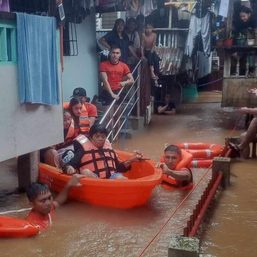
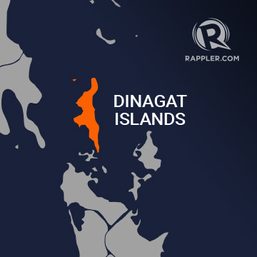
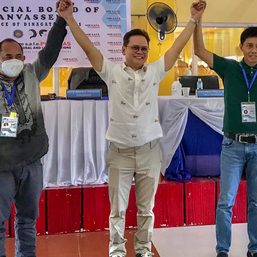
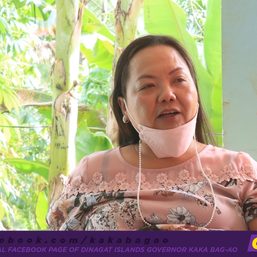





There are no comments yet. Add your comment to start the conversation.